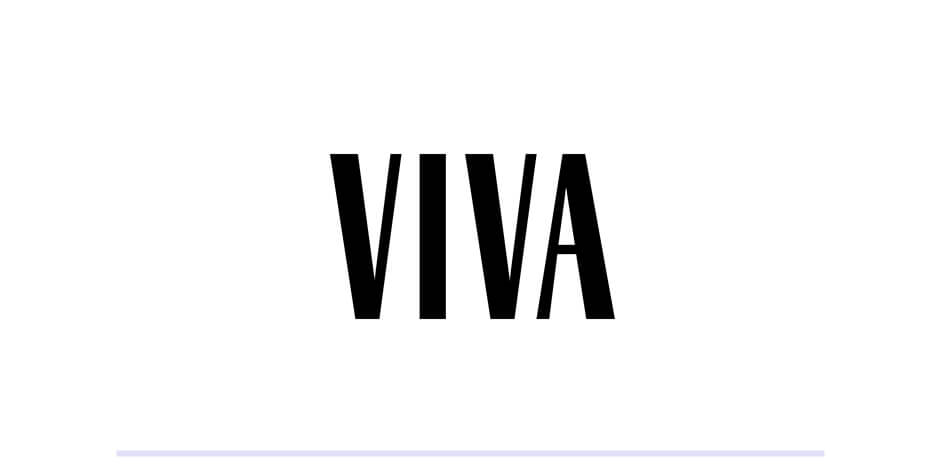A First Insight study in 2020 found that 62 percent of Gen Z and Millennial participants prefer purchasing from sustainable brands — ones that have the proof to back up claims.
At the start of 2021, we predicted that sustainability would be one of the biggest shifts in the beauty industry.
But how far has the industry come, and what benchmarks are standard now that mass brands are following suit?
The global beauty industry is a $532 billion dollar business and contributes an estimated 120 billion units of waste into landfills every year, not to mention the shipping required to get products from A to B, which is said to contribute more than 1 billion tonnes of C02 per year**.
The burden beauty has on the planet can no longer be ignored, and with the next generation more aware than ever before, consumers are taking action via their purchasing decisions.
A First Insight study in 2020 found that 62 percent of Gen Z and Millennial participants prefer purchasing from sustainable brands — ones that have the proof to back up claims.
Below, five industry experts share how the industry is evolving now that discerning consumers are using their purchasing power to align themselves with values-based brands that put the environment front and center.
WHAT DOES SUSTAINABLE BEAUTY ACTUALLY MEAN?

















